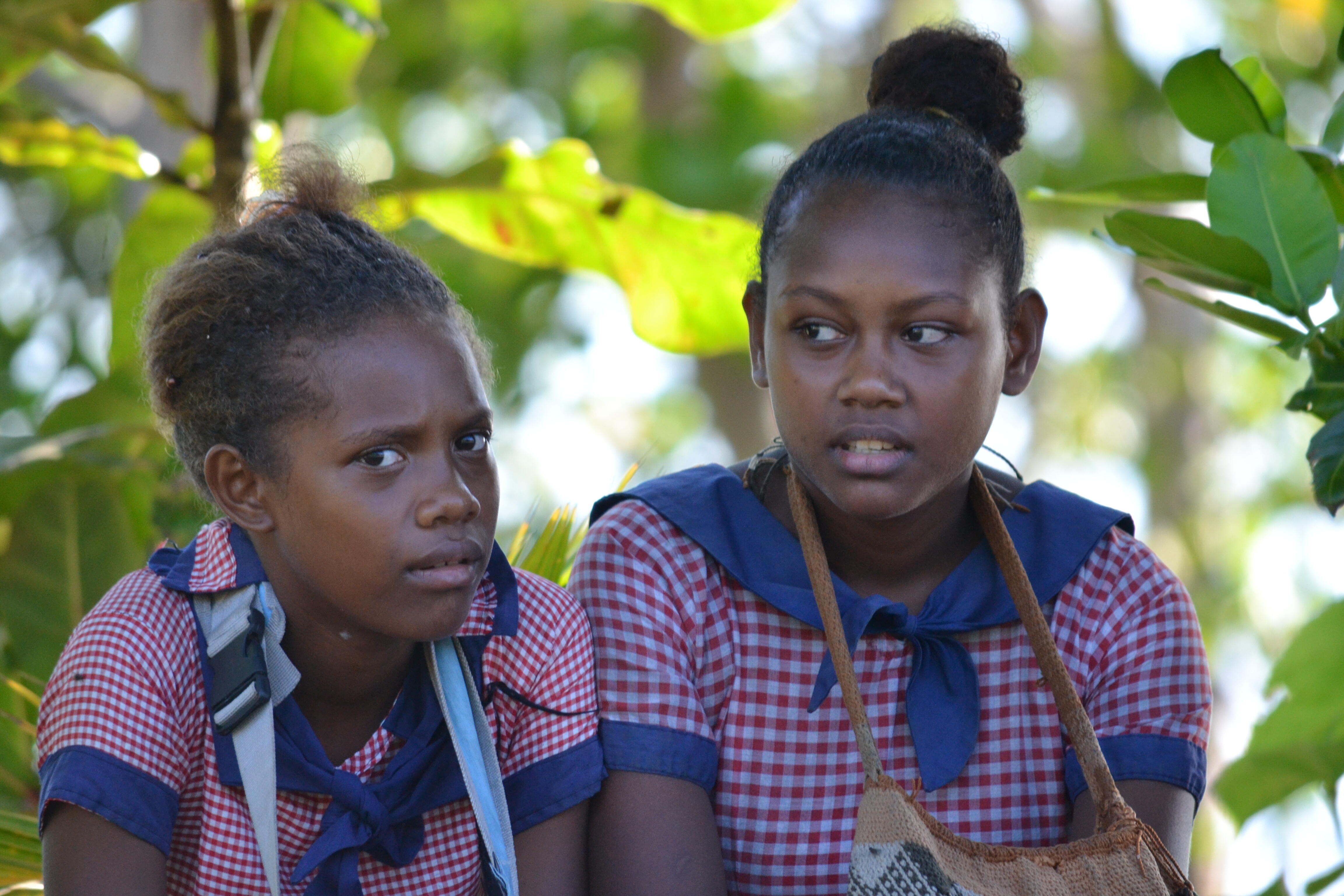The empowerment of women and youth must be at the heart of sustainability and resilience
UNFPA Asia-Pacific Regional Office statement at the Fifth Asia-Pacific Forum on Sustainable Development (APFSD): Bangkok, March 28-30, 2018
Transformation towards sustainable and resilient societies, the theme of the High-Level Political Forum on Sustainable Development at the United Nations in July, perfectly complements the 2030 Agenda underpinned by its 17 Sustainable Development Goals.
This week’s 5th Asia-Pacific Forum on Sustainable Development offers all of us – governments, civil society and the United Nations family alike – an opportunity to take stock of the progress being made in our region and to confront the challenges that remain.
For the United Nations Population Fund, UNFPA, fully achieving the SDGs means fully achieving the Three Transformational Results articulated by our new Strategic Plan: Zero maternal deaths, zero unmet need for family planning and zero gender-based violence and other harmful practices against women and girls.
These Transformational Results contribute to a world where every pregnancy is wanted, every childbirth is safe and every young person’s potential is fulfilled – UNFPA’s overarching vision inspired by the ICPD Programme of Action which serves as the foundation of all that we do, a mandate all the more crucial as we traverse the road to 2030.
Let us be clear: Societies simply cannot be resilient and sustainable if women’s and young people’s dignity, health and well-being – with sexual and reproductive health and reproductive rights at the core – are not promoted, protected and fulfilled.
What do resilience and sustainability look like from the perspective of the adolescent girl of today who will have transitioned to adulthood by 2030? Access to education – including comprehensive sexuality education. Health services – including sexual and reproductive health services. Decent employment opportunities, with women on par with men.
In other words, allowing the largest generation of youth ever to fulfill their aspirations, with good education, good health and good employment in an atmosphere of peace and justice, where girls decide to marry and space their children according to their choice.
Creating this strong foundation for life and love enables countries as well to better prepare for and address ageing populations, a demographic shift being manifested more and more across our region. All of this is connected – a circle of life whose components cannot be viewed in isolation, but must be addressed as a whole.
The 2030 Agenda and SDGs ultimately envision leaving no one behind, reaching the furthest behind first. This places an emphasis on women, girls and young people – disproportionately impacted by disasters increasingly fueled by climate change, as well as conflict – situations witnessed with growing frequency in our region.
On a related note, Asia-Pacific is witnessing urbanization on an unprecedented scale. This, on one hand, offers an opportunity for improving health, education and women and girls’ empowerment. But on the other hand, the face of inequality is increasingly an urban one, where millions grapple with extreme poverty, marginalization and outright exclusion.
Under SDG 17, participation is essential for sustainability and resilience – including participation by women, young people, human rights defenders, indigenous populations, rural inhabitants – all of whom are among the most vulnerable. Goal 17, whose achievement is achieving all of the SDGs, is a cornerstone of the entire 2030 Agenda.
Formidable challenges, all of these, but amazing opportunities as well for all of us to work together on so many fronts, to convert rhetoric into action to bring about a sustainable and resilient Asia-Pacific region – and world.



